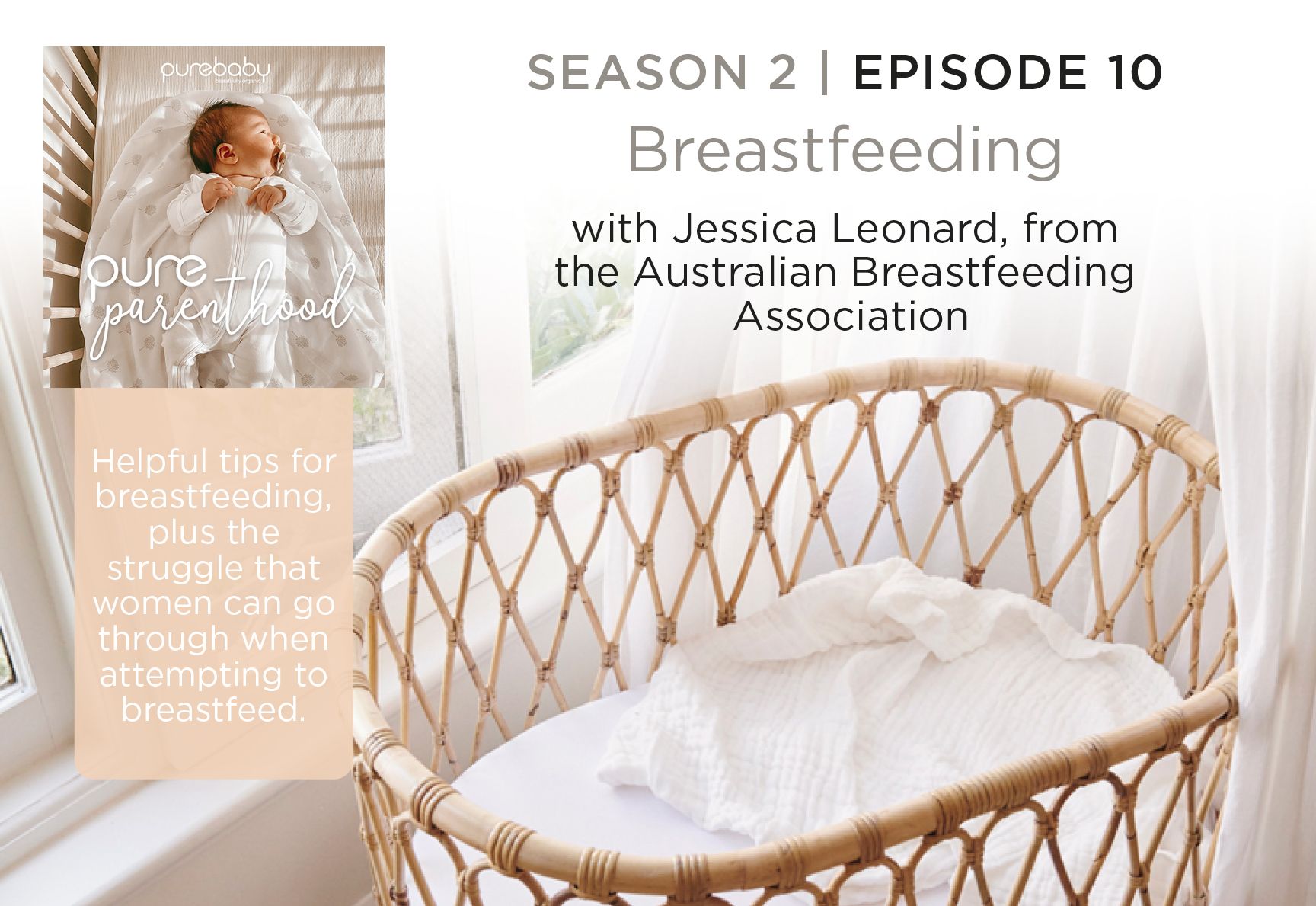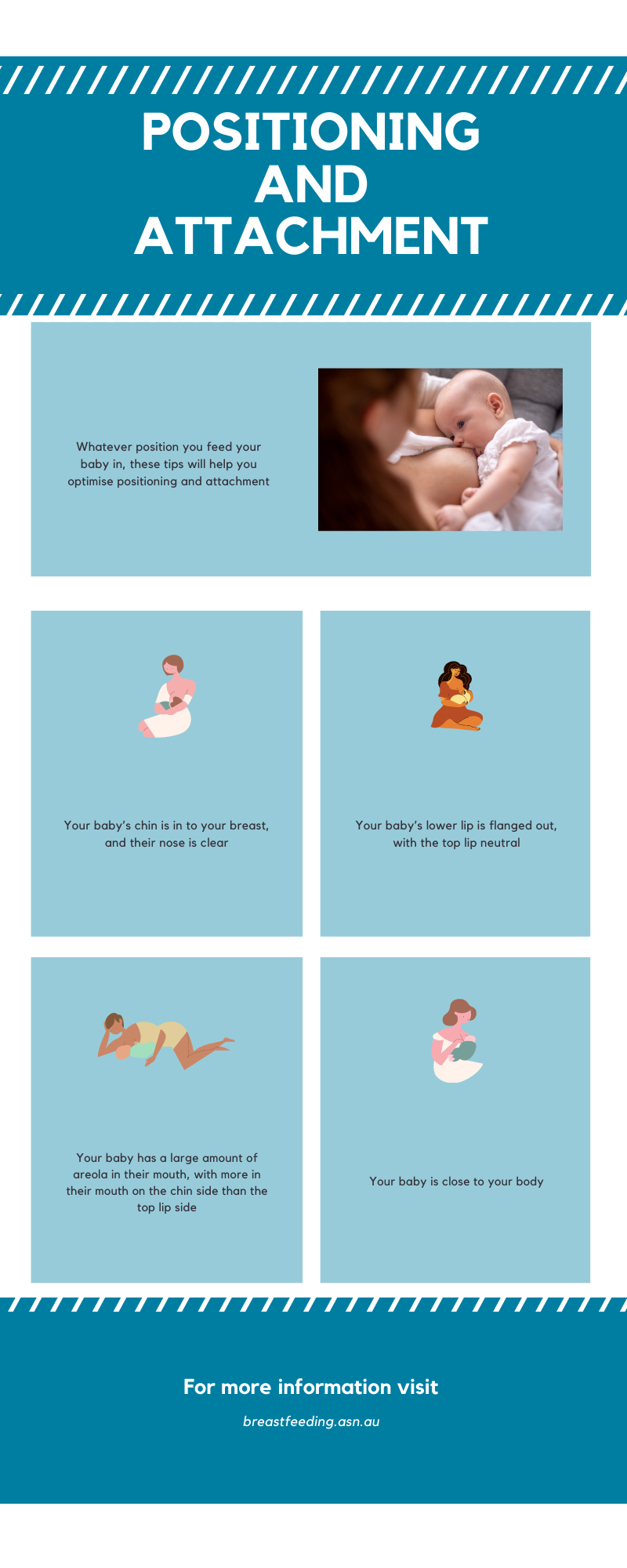
Pure Body: Exercising While Pregnant
8 min read | 30 August 2020
6 min read | 03 May 2021

It’s pretty normal during pregnancy to think forward to the future. What will your new baby look like? Will it have your smile, your partner’s dimples? It’s common to spend a lot of time wondering what the birth will be like, but people often spend less time planning for what breastfeeding will be like.
Preparing for breastfeeding is a great way to get ready before your baby arrives. Most people have an idea of how they want to feed their baby, but might not know how to prepare. The biggest piece of advice I give to expectant parents is to attend a Breastfeeding Education Class (BEC). Breastfeeding information is sometimes covered during childbirth education, but the focus is usually on the birth, and the feeding information can be quite brief. Australian Breastfeeding Association’s (ABA) BECs give all of the basic information to expectant parents, including how breastfeeding works, what to expect and where to get help if you encounter some challenges.
Gathering support is another great way to prepare for breastfeeding while you’re pregnant. Let your partner, family and friends know that breastfeeding is important to you, and how they can support you. Encourage them to learn about how breastfeeding works, and to give you practical support. Even if it’s doing things like a sink full of dishes or hanging the washing out, that can give you the time to spend with your baby on getting feeding right. Our breastfeeding plan template can assist with this, It also has suggestions to help you decide what you want to do if things don’t go to plan when your baby is born, along with evidence based references to help your health care providers understand why you might want to do them.
Breastfeeding is normal, but it’s also a learned skill, like riding a bike or driving a car. It’s normal that it might take a bit of time to get right, and if you’ve never seen a baby breastfeeding before you try to feed your own, you might need some help along the way. One of the most common breastfeeding challenges is pain and discomfort during feeding. A little bit of pain can be normal while your body adjusts to its new job, but prolonged pain (after the first 30 seconds of attachment) or extreme pain that makes your toes curl, means it’s time to get some extra help.
There can be many reasons for pain, but often the culprit is issues with positioning and attachment. You can’t always see what’s happening with positioning and attachment, but there are a few signs that you can look out for, that will give you a good idea that things are going well:

Your baby’s chin is in to your breast, and their nose is clear
Baby’s lower lip is flanged out, with the top lip neutral
Your baby has a large amount of areola in their mouth, with more in their mouth on the chin side than the top lip side
You can see your baby’s jaw moving when they swallow
Support and information are vital to overcoming breastfeeding challenges. You might find support in your local community, from your family and friends or at a meeting with your local ABA group. If you need to speak to someone to help you through breastfeeding issues, you can call ABA’s National Breastfeeding Helpline on 1800 mum2mum (1800 686 268) or use the live chat service at breastfeeding.asn.au.
Milk:
My number one tip for breastfeeding is to know how to tell if your baby is getting enough milk. The big thing to remember is that what goes in must come out! If your baby is having at least 5 very wet disposable or 6 very wet
cloth nappiesin 24 hours this is a good sign that your baby is getting enough milk.
Poo quality:
Poos should be runny and frequent for the first few weeks, usually 3 or more a day. After this, your baby might continue to poo often, but they might also go days without pooing. As long as they make up for it when they do go, you’ll know that there’s lots of milk going in!
Gather as much information as possible about breastfeeding and build your support network as soon as possible. Arming yourself with the tools and information you need will help you on your way through parenting.
This article was written by Jessica Leonard, a breastfeeding counsellor with the Australian Breastfeeding Association. In conjunction with Season two, episode 10 of Purebaby’s podcast, Pure Parenthood.
To learn more about Healthy Hips Australia, visit their website, Instagram or Facebook.
Sign up to Pure Love Rewards and get $10 off your first online order, earn points every time you shop and more!